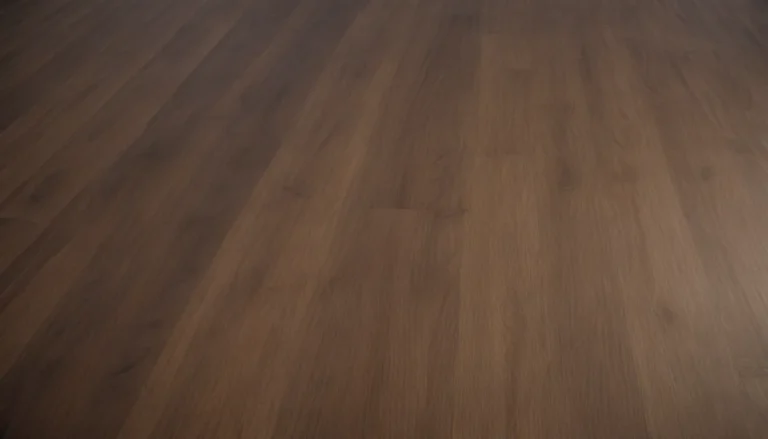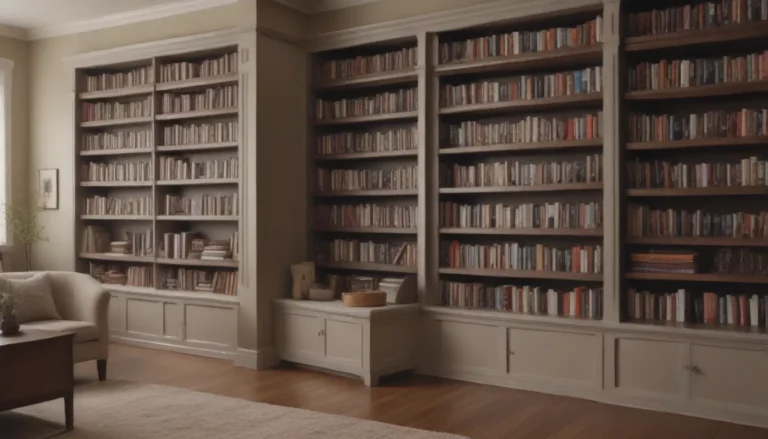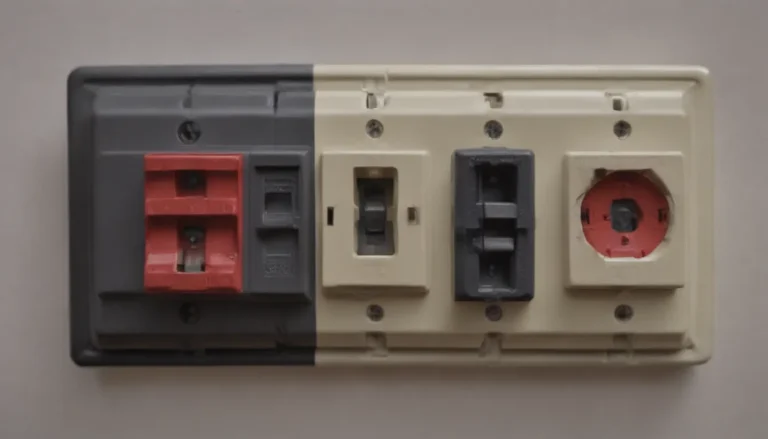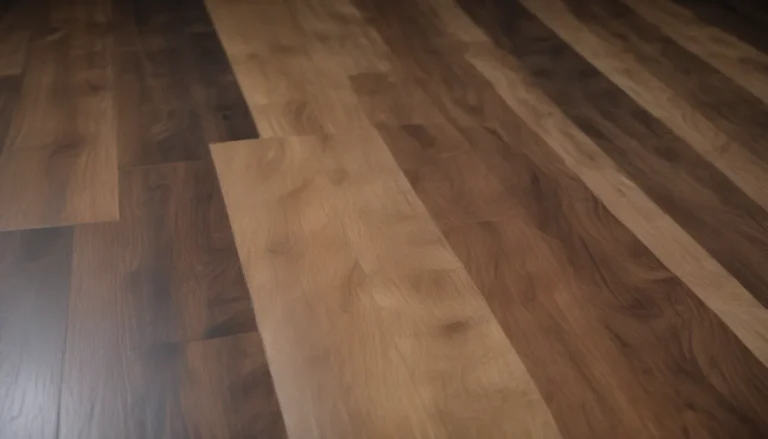Everything You Need to Know About Painting Tile Floors
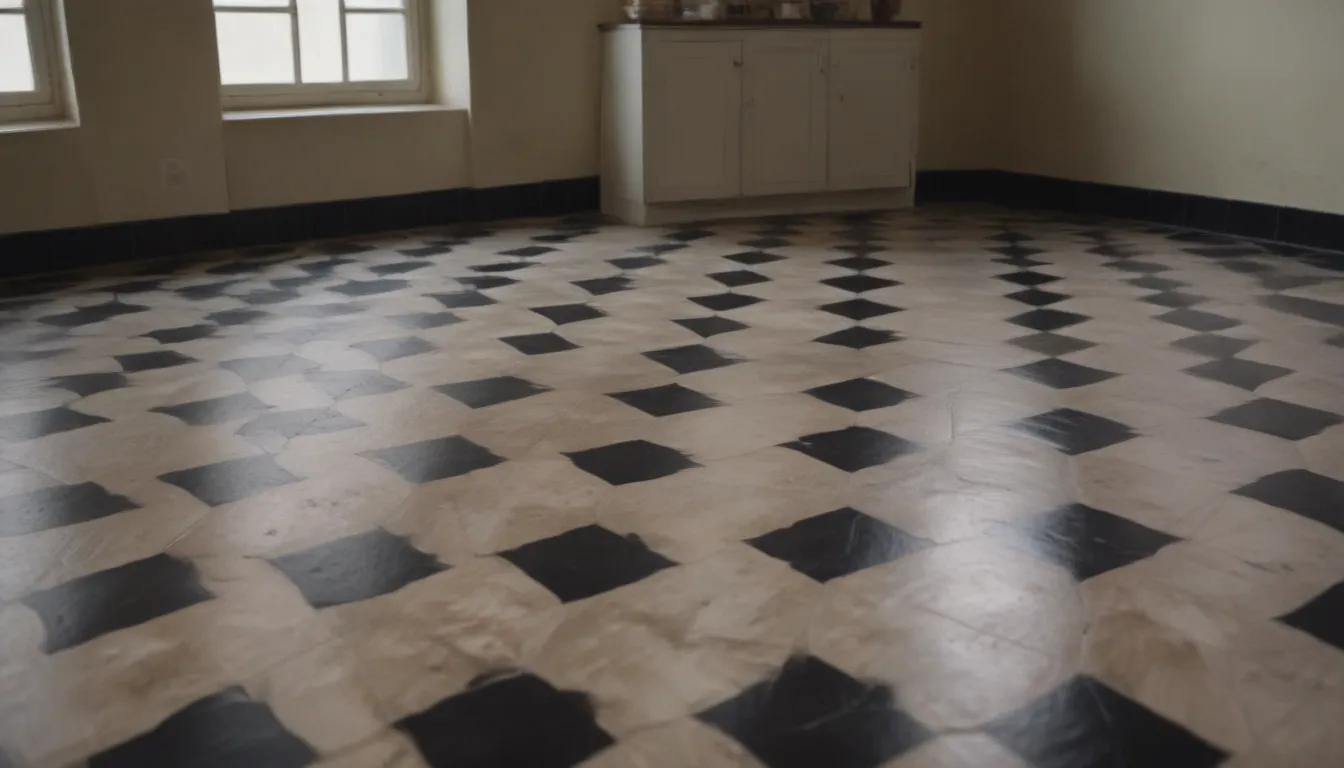
Are you looking to give your bathroom, kitchen, or entryway a quick and budget-friendly makeover? Painting your tile floors might be the perfect solution for you. While it may not be as durable as replacing the tiles, painting them can be a great way to refresh a space with minimal labor. In this article, we will explore the ins and outs of painting tile floors so you can decide if it’s the right choice for you.
Is Painting Tile Floors a Good Idea?
Painting tile floors can be a good idea if you’re looking to update your space on a tight budget. While the results may not last as long as replacing the tiles, a painted tile floor can still provide a fresh new look for your room. With proper preparation and the right materials, a painted tile floor can last between six months and two years.
- Here are some factors to consider when deciding if painting your tile floor is a good idea:
- Budget constraints
- Time constraints
- Desired longevity of the update
- Level of foot traffic in the space
When to Paint Tile Floors (and When Not To)
If you’re looking for an affordable and temporary solution to update outdated tile flooring, painting the tiles is a great option. However, it’s important to consider the wear and tear that a painted tile floor can endure, especially in high-traffic areas. Here are some instances when painting tile floors might not be the best idea:
- When not to paint tile floors:
- Severe damage to tiles (chips, cracks, crumbling)
- Long-term solution for updating flooring is desired
- High foot traffic areas that may result in faster wear and tear
How to Paint a Tile Floor
Before you start painting your tile floor, it’s essential to properly prepare the surface for the best results. Follow these steps to ensure a successful paint job:
Deep Clean the Tile Floor
The key to a long-lasting paint job is to start with a clean surface. Use a cleaner like TSP to cut through grease and grime on the tile floor. Wipe down the tiles with clear water and allow them to fully dry before proceeding to the next step.
Repair Tile and Grout Damage
Inspect the floor for any cracks in the tiles or chips in the grout. Use caulk to repair any damage, making sure to let it dry completely before moving on.
Sand the Tiles
To help the paint adhere better to the tiles, lightly sand them with 220-grit sandpaper. Be careful not to damage the tile’s surface while sanding and wipe away any dust with a damp cloth.
Prepare the Painting Area
Protect any areas or fixtures you don’t want to paint with painter’s tape.
Apply Bonding Primer to Tiles
Use a bonding primer to ensure the paint adheres properly to the tiles. Apply two thin layers of primer, allowing each layer to dry completely.
Paint the Tile Floor
Once the primer is dry, use a paint roller to apply a coat of tile paint to the floor. Fill in any missed spots with a paintbrush and allow the paint to dry completely before applying a second coat.
- Tip: To prevent peeling, use special epoxy paints or tile paints designed for high-traffic areas.
Once the paint is fully dried, remove the painter’s tape and enjoy your freshly painted tile floor.
Conclusion
Painting tile floors can be a cost-effective way to update your space and add a personal touch to your home. With proper preparation and the right materials, you can achieve a fresh new look that lasts for months to years. Before you start your project, consider the factors mentioned in this article to determine if painting your tile floors is the right choice for you. Happy painting!

